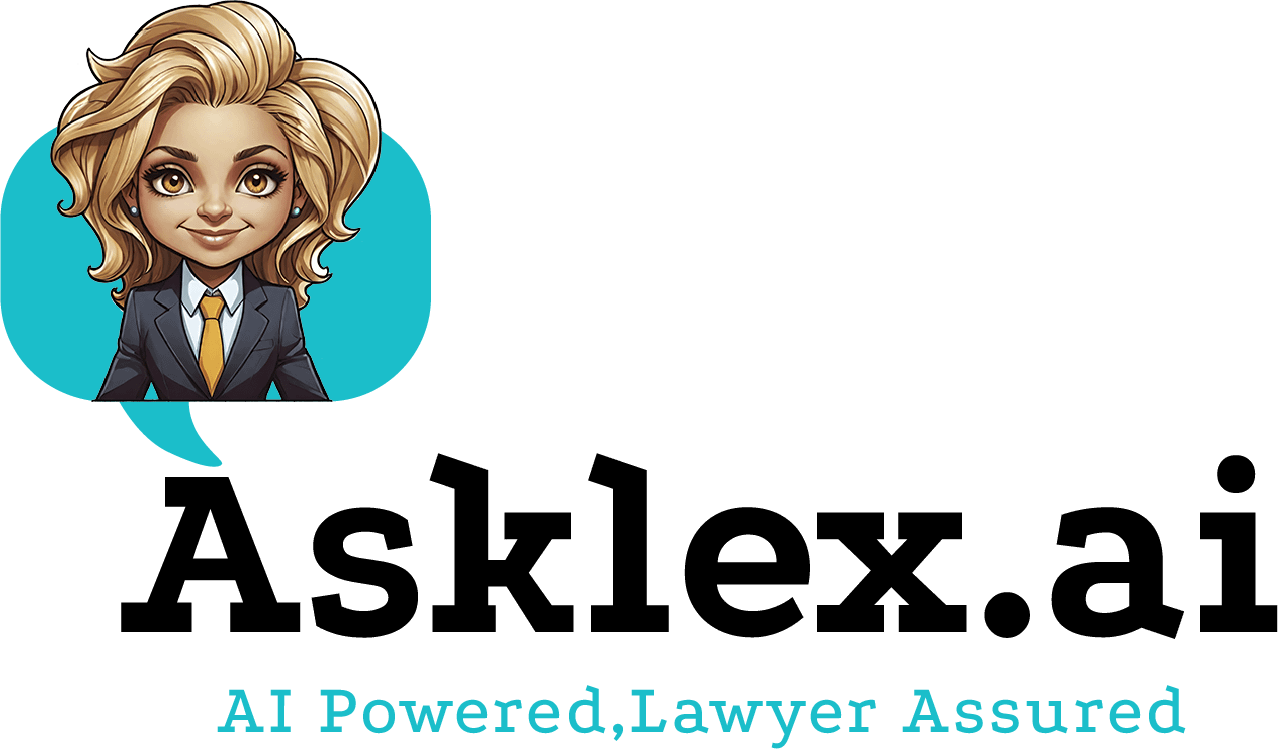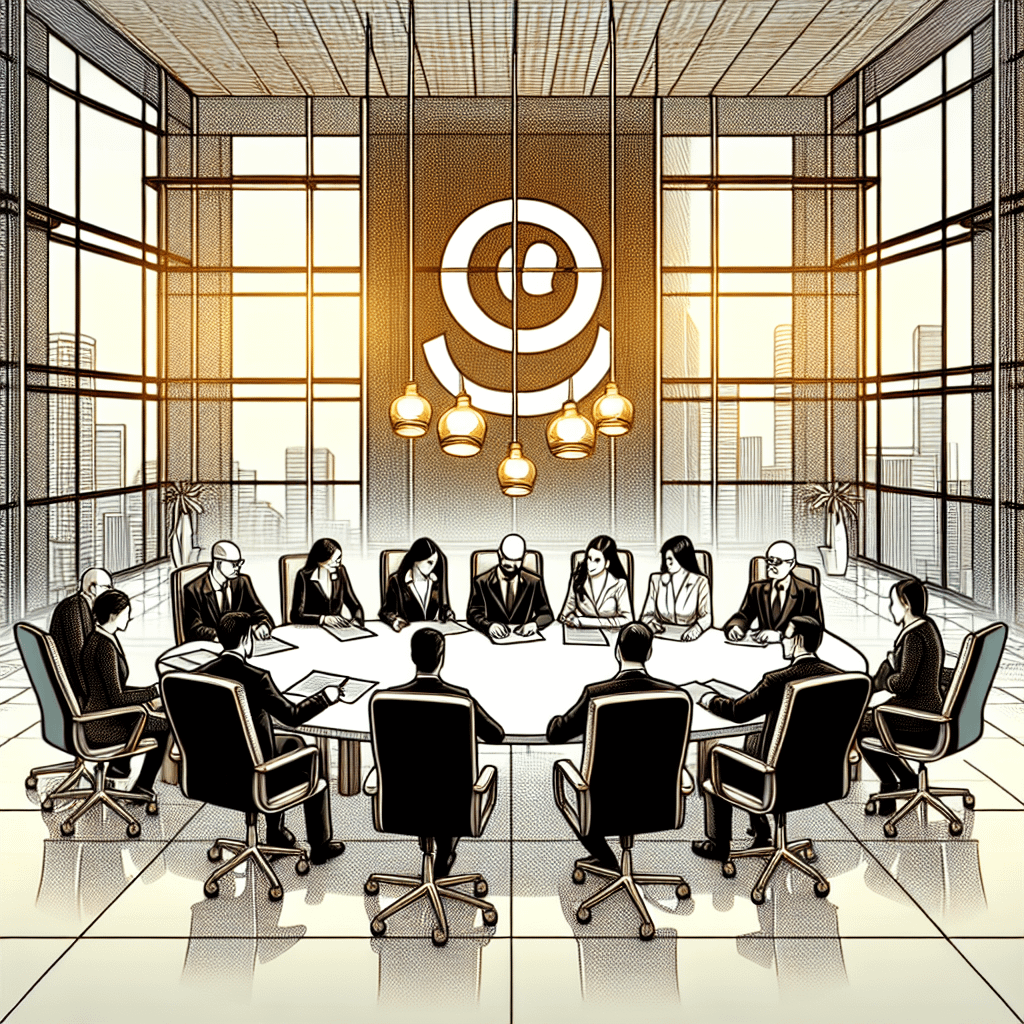Navigating the world of YouTube can feel a bit like walking through a legal minefield, especially when it comes to using copyrighted material. Whether it’s a catchy song, a memorable movie clip, or even someone else’s YouTube video, you might wonder: “Can I use copyrighted material in my YouTube videos without permission?”
In short, using copyrighted material without permission can lead to copyright infringement, but there are some situations where you might be able to use such material legally. Let’s break it down together.
What is Copyright?
First, it’s important to understand what copyright is. Copyright is a form of legal protection given to creators of original works, including music, videos, books, and other forms of media. This means that using these works without permission can potentially infringe on the creator’s exclusive rights.
When Can You Use Copyrighted Material?
You might wonder, “How can I use someone else’s copyrighted work legally?” Here are some possibilities:
1. Fair Use:
This is perhaps the most commonly discussed exception when it comes to using copyrighted content. Fair use is a legal doctrine in the U.S. that allows limited use of copyrighted material without acquiring permission from the rights holders. Whether a use qualifies as fair use depends on a few factors, including:
- Purpose and Character: Are you using the work for commercial purposes, or is it for a nonprofit educational purpose? Transformative uses, such as critiques or parodies, are more likely to be considered fair use.
- Nature of the Work: Using factual works is more likely to be seen as fair use compared to creative works like music and movies.
- Amount and Substantiality: How much of the work are you using? Using a small, less significant portion is more likely to be fair use.
- Effect on the Market: Does your use of the work affect its market value? If the original creator could potentially lose sales because of your use, it’s less likely to be considered fair use.
Example: A YouTube video critique of a movie using short clips to make a point about the film’s themes might fall under fair use.
2. Creative Commons Licenses:
Some creators release their works with a Creative Commons license, which allows others to use the content under certain conditions. You can find music, images, and videos labeled for reuse, often requiring you to provide credit to the original creator.
Practical Tip: Always check the specific license terms. Some require attribution, while others allow for non-commercial use only.
3. Getting Permission:
When in doubt, the safest route is to get explicit permission. This might involve contacting the copyright holder directly and requesting the right to use their content. It can be a bit of a hassle, but it’s the most straightforward way to avoid any legal clashes.
4. Use of Public Domain Material:
Works that are in the public domain are free to use without permission. Generally, works published before 1924 are in the public domain, but this can vary by country. Keep an eye on the publication date to see if you’re safe.
Consequences of Copyright Infringement:
Using copyrighted material without permission can lead to several outcomes, most commonly a copyright claim on YouTube. This can include:
- Content ID Matches: YouTube’s automated system might flag your video if it contains copyrighted material. If this happens, the rights owner can monetize your video, block it, or take it down.
- Copyright Strikes: More serious than a Content ID claim, a copyright strike can restrict your channel features, and accumulating three strikes can lead to your account being terminated.
Final Thoughts:
Navigating copyright laws can be tricky, but having a basic understanding of what’s permissible can help you make informed decisions. Always remember that fair use isn’t a one-size-fits-all and involves subjective judgment. When creating content, lean towards caution to ensure you’re respecting other creators’ rights. With a bit of care and creativity, you can create engaging YouTube videos without stepping on any legal toes!








